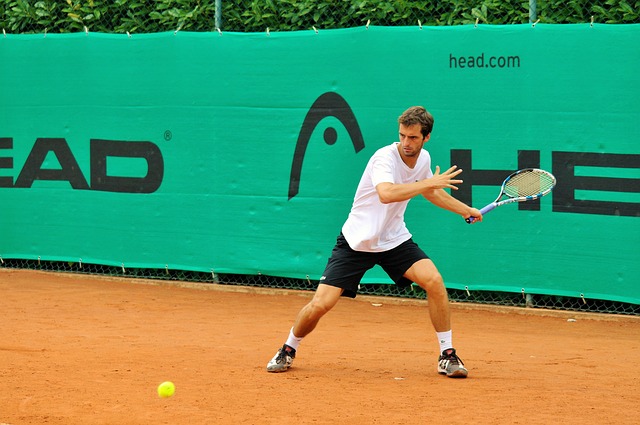Tennis and golf (javelin) elbow
The issue of tennis and golf elbows is one of the so-called enthesopathy, which is a designation for inflammatory changes in the tendons, ligaments and joint capsules into the bone. These pains are referred to as tennis or golf probably because of the more frequent occurrence in athletes, but in fact they are at least as common, for example, in people working long hours at the computer with a mouse or after demanding manual work.
Pain can most often be felt by patients on the outer and inner side of the forearm, in the place where the muscles that stretch or bend the wrist and elbow joint are clamped. The first symptom is often pain when palpating this place, later it hurts when lifting heavy objects and loads or when grasping. In very acute difficulties, the place may also be swollen, reddened and have an elevated temperature. Characteristic for these problems is also that the pain at rest subsides and with effort returns again. Sometimes they can even shoot into the forearm, fingers or vice versa into the shoulder. It is especially important for the treatment of pain of this type to visit a physiotherapist as soon as possible, who will thoroughly examine not only the area of the upper limb, but also the whole body and can thus determine the true cause of the pain. It is very often not only in the place of pain, but can originate either in the area of the shoulder joints and shoulder blades or even in the cervical spine or ribs.Muscles are overloaded due to the fact that their tendons are not well stabilized. The stabilization disorder is usually transmitted from the center of the body along individual structures and manifests itself to the periphery, because it is very burdened. Treatment and therapy then proceeds according to the findings, but very effective at the beginning to relieve pain is targeted massage and relaxation of the forearm muscles, which are in higher tension, rest regime, icing of the affected area and kinesiotaping. Purely local treatment, however, is not effective and does not bring long-lasting relief. It is necessary to eliminate the cause, which is always outside the place of pain. Very effective is the method of dynamic neuromuscular stabilization, techniques of manual medicine and fascial manipulation.

